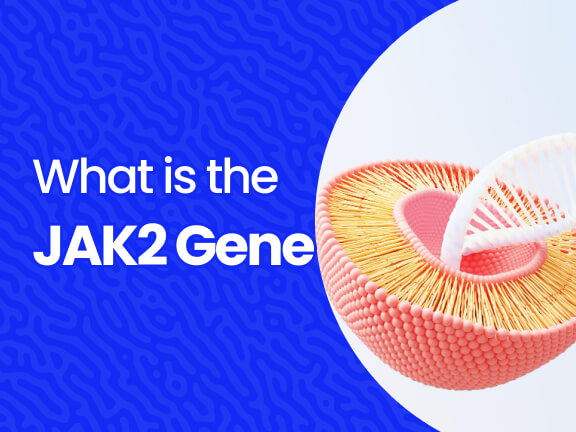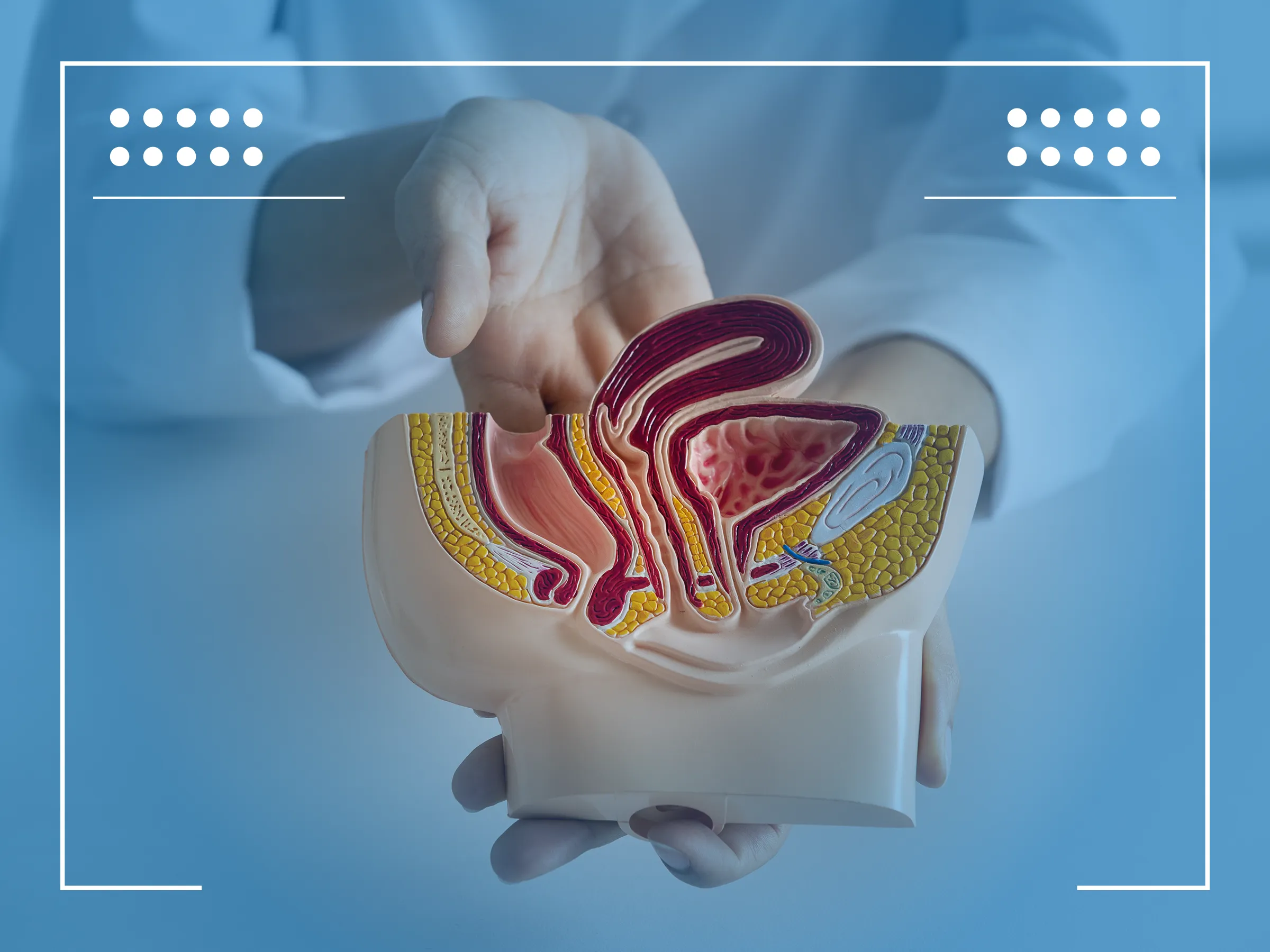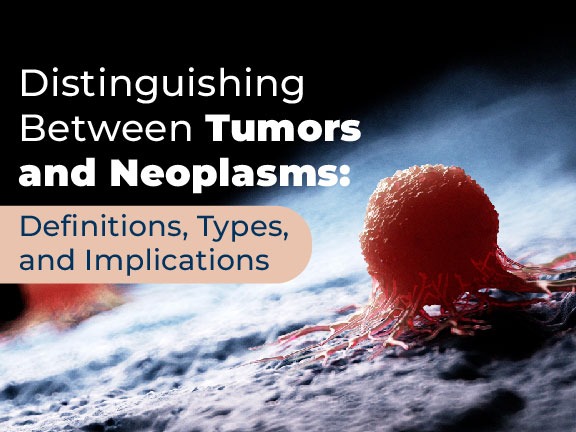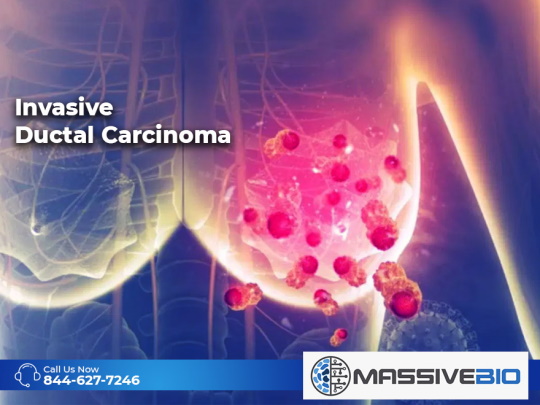What Is the JAK2 Gene?
According to the the National Human Genome Research Institute, a gene is the basic physical unit of inheritance. This means that the genes are the vessels that carry out the parent’s traits and features and pass them on to the children. According to recent studies, the number of genes humans have is estimated to be between 20,000 and 25,000.
In this piece, we are focusing on only one gene, Janus Kinase 2, or the JAK2 in short, because researchers are uncovering the role of this gene in relation to myelofibrosis and its treatment.
Basic Genetics
Let’s go over the basics concepts of genetics so that we can have a clearer understanding of the relationship between genes and complications in our health.
The genes are instructors that assign specific functions for each one of our cells in our body. The assignments are conveyed from the cells through proteins and enzymes to other parts of our body to execute their tasks.
During their lifetime, the cells grow and reproduce. During the growth and reproduction of cells, the genes located in the cells might undergo a change, called a mutation. The result of a gene mutation is giving out hard-to-comprehend instructions, which lead to mis/malfunctioning cells. The cell might stop working completely, not work enough, or just overwork. The mutation messes up protein and enzyme functions, thus a disease.
JAK2 Genetics & Function
JAK2’s main function is to create a specific type of protein (JAK2 protein) that signals the cell to grow and controls the amount of red and white blood cells and platelets that are made in the bone marrow. The stem cells, also called hematopoietic stem cells, are in charge of producing new blood cells.
JAK2 Mutation and Blood Diseases
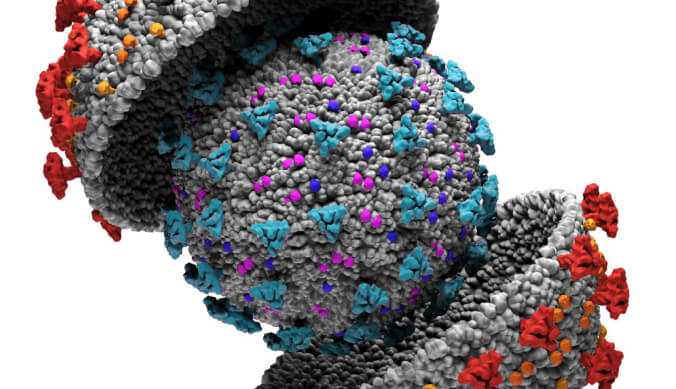
When a myelofibrosis patient experiences a JAK2 mutation, it causes the JAK2 enzyme to work constantly, which eventually starts to overproduce a specific type of cell named the megakaryocytes. Megakaryocytes command other cells to produce collagen. Collagen is a protein found in our body that structures the skin and strengthens the bones. And when excess collagen builds up in the bone marrow, it creates scar tissue. Scarred bone marrow is evidence of myelofibrosis.
To determine the type of mutation in JAK2, a primary test, called JAK2 V617F is performed. A positive result for JAK2 V617F mutation test indicates the likelihood of the tested patient’ developing a myeloproliferative neoplasm (MPN), a group of blood cancers. Researchers have identified more than 50 different mutations regarding the JAK2 gene.
The JAK2 mutation is also associated with other blood disorders. The most common of these is polycythemia vera (PV), which is the type of blood cancer that causes the bone marrow to produce too many red blood cells. The others are essential thrombocythemia (ET), which is the presence of too many platelet-producing cells, and primary myelofibrosis (PMF) which is which is the presence of too many platelet-producing cells as well as the cells that produce scar tissue.
There is no scientific explanation to the question of why the JAK2 mutation causes myelofibrosis in some patients and polycythemia in others. But there is statistical data showing that between 10 to 15 percent of patients with PV will eventually develop myelofibrosis.
Myelofibrosis is a rare type of blood cancer. There are more than 100 clinical trials investigating this disease. If you would like to learn more about your treatment options, click here and fill out the form. Our artificial intelligence will prescreen your medical records and see if you are fit for matching any of the clinical trials available worldwide. Or, fill out the form to get a free consultation, and our specialized team will contact you within 24 hours.
Sources:



